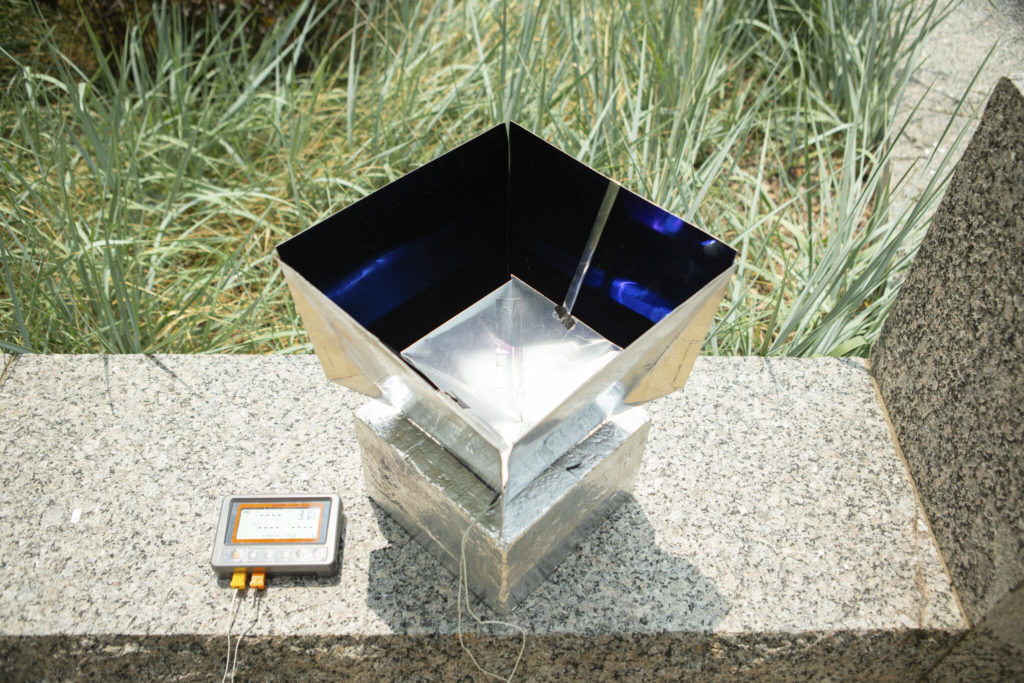At Buffalo University, a team of scientists have developed a new technology for cooling urban buildings based on aluminum polymers that absorbs the heat of the surrounding environment inside, releasing “cool” energy into the surrounding environment.
Scientific research
In times of climate change, there is an urgent need, especially in metropolises, to create a technology for cooling urban buildings, especially in crowded environments, without releasing large amounts of energy. Published on 5 August in Nature Sustainability, this technology exploits the concept of radical cooling, i.e. it knows a strategy of passive cooling with zero consumption. This reduces the need for energy to condition the air. Of course, cooling is needed during the day, not so much at night. This problem has been brilliantly solved with a thin-film polymethylsiloxane (PDMS)/metal heat emitter, which is suitable for industrial-scale production.
For example, in Buffalo, New York State, a continuous cooling of about 3 degrees was recorded. Who knows if this is one of the solutions to mitigate the effects of climate changes.

How does this technology work?
Made of a special material, the film absorbs the hot air inside the box and releases energy in the form of milder air. The special box blocks both sunlight and heat radiation to the sky. By dispersing solar radiation, it is therefore possible to cool the environment without consuming energy. This is double that because of the low cost of materials and the wide availability on the market.
The secret of this system lies in its particular internal structure composed of a mix of metal polymers.
Are you passionate about innovation? Browse the thepatent.news website and discover the latest innovations in Technology, Medicine, Health, Space etc.